This is a way of teaching and learning, whereby many areas of the curriculum are connected together and integrated within a theme.
It allows learning to be more natural and less fragmented
It allows literacy to grow progressively, with vocabulary linked and with spelling and sentence writing being frequently, yet smoothly, reinforced.
It guides connected ideas to follow on easily.
It is, after all, how we, as adults, learn new things. Don’t we start at a point of interest and branch out from it like ripples from a stone thrown in the water?
Promotes the spiritual, moral, cultural, mental and physical development of pupils and of society.
Prepares pupils for the opportunities, responsibilities and experiences of later life.
Prepares pupils for a Curriculum with STEAM at its Heart:
The curriculum is broad and balanced, whilst offering pupils a unique opportunity to experience STEAM subjects as a main focus. Children will learn about the five specific disciplines – science, technology, engineering agriculture and mathematics, in a thematic and interdisciplinary approach. Rather than teach the disciplines as separate and discrete subjects, STEAM integrates them into a cohesive learning paradigm based on real-world applications.
Our children live in a rapidly changing world and we need to equip them with the skills to deal with the unknown. The majority of the career paths our children will embark upon when they leave higher education have not yet been conceived.
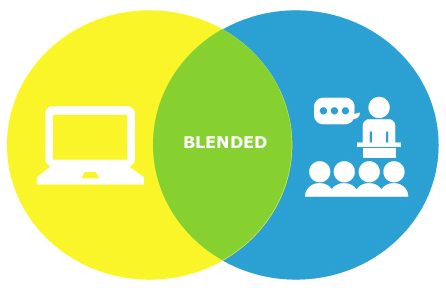 Blended Learning
Blended Learning
What separates STEAM from the traditional science and mathematics education is the blended learning environment which demonstrates to pupils how the scientific method can be applied to everyday life. It teaches pupils computational thinking and focuses on the real world applications of problem solving. As mentioned before, STEAM education begins when pupils are in Reception class.
STEAM education focuses on the introductory level STEAM courses, as well as awareness of the STEAM fields and occupations. This initial step provides inquiry-based and real world problem-based learning, connecting all five of the STEAM subjects. The goal is to pique interest. There is also an emphasis placed on bridging in-school and out-of-school STEAM learning opportunities.
The curriculum is just one element of the education of our children. We overlay it with our values based learning, to instil and develop strong character, underpinned by an appreciation for human life and the wonderful natural world in which we live.
We have, what could be termed, a curriculum for learning that is overlaid on the rich and varied syllabi delivered by our teachers. By drawing the attention of children and staff to the skills involved in developing as thinkers and learners, each individual should gain increasing awareness of themselves and, in turn, be better equipped to deal with the challenges that they encounter at school and in the world beyond.
The following represents an outline of the subjects which make up the broader curriculum.
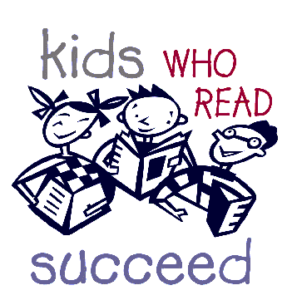 Language and Literacy
Language and Literacy
Teachers will develop pupils’ spoken language, reading, writing and vocabulary as integral aspects of the teaching of every subject. English is both a subject in its own right and the medium for teaching; for pupils, understanding the language provides access to the whole curriculum. Fluency in the English language is an essential foundation for success in all subjects.
The overarching aim for English in the curriculum is to promote high standards of language and literacy by equipping pupils with a strong command of the spoken and written word and to develop their love of literature through widespread reading for enjoyment.
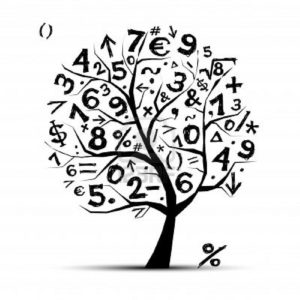 Numeracy and Mathematics
Numeracy and Mathematics
Pupils’ mathematical fluency will be developed within each subject. Confidence in numeracy and other mathematical skills is a precondition of success across the national curriculum.
Teachers will develop pupils’ numeracy and mathematical reasoning in all subjects so that they understand and appreciate the importance of mathematics. Pupils will be taught to apply arithmetic fluently to problems, understand and use measures, make estimates and sense check their work. Pupils will apply their geometric and algebraic understanding and relate their understanding of probability to the notions of risk and uncertainty. They will also learn to understand the cycle of collecting, presenting and analysing data. Pupils will be encouraged to apply mathematics to problems, including breaking down more complex problems into a series of simpler steps.
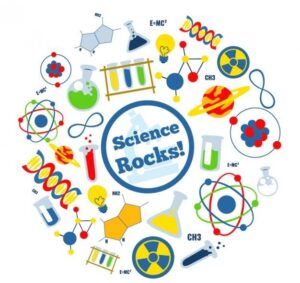 Science
Science
Aims
Through the curriculum for science, we aim to ensure that all pupils:
- Develop scientific knowledge and conceptual understanding through the specific disciplines of biology, chemistry and physics.
- Develop understanding of the nature, processes and methods of science through different types of science enquiries that help them to answer scientific questions about the world around them.
- Are equipped with the scientific knowledge required to understand the uses and implications of science, today and for the future.
 Art and Crafts
Art and Crafts
Aims
Through the curriculum for art and design, we aim to ensure that all pupils:
- Produce creative work, exploring their ideas and recording their experiences
- Become proficient in drawing, painting, sculpture and other art, craft and design techniques.
- Evaluate and analyse creative works using the language of art, craft and design.
- Know about great artists, craft makers and designers, and understand the historical and cultural development of their art forms.
 Computing
Computing
Aims
Through the curriculum for computing, we aim to ensure that all pupils:
- Can understand and apply the fundamental principles and concepts of computer science, including abstraction, logic, algorithms and data representation.
- Can analyze problems in computational terms, and have repeated practical experience of writing computer programs in order to solve such problems.
- Can evaluate and apply information technology, including new or unfamiliar technologies, analytically to solve problems.
- Are responsible, competent, confident and creative users of information and communication technology.
 Design and Technology
Design and Technology
Aims
Through the curriculum for design and technology, we aim to ensure that all pupils:
- Develop the creative, technical and practical expertise needed to perform everyday tasks confidently and to participate successfully in an increasingly technological world.
- Build and apply a repertoire of knowledge, understanding and skills in order to design and make high-quality prototypes and products for a wide range of users.
- Critique, evaluate and test their ideas and products and the work of others.
- Understand and apply the principles of nutrition and learn how to cook.
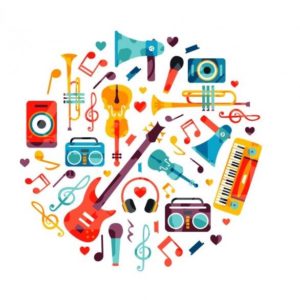 Music
Music
Aims
Through the curriculum for music, we aim to ensure that all pupils:
- Perform, listen to, review and evaluate music across a range of historical periods, genres, styles and traditions, including the works of the great composers and musicians.
- Learn to sing and to use their voices, to create and compose music on their own and with others, have the opportunity to learn a musical instrument, use technology appropriately and have the opportunity to progress to the next level of musical excellence.
- Understand and explore how music is created, produced and communicated, including through the inter-related dimensions: pitch, duration, dynamics, tempo, timbre, texture, structure and appropriate musical notations.
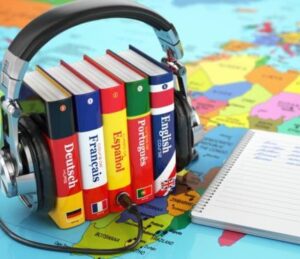 Languages
Languages
Aims
Through the curriculum for languages, we aim to ensure that all pupils:
- Understand and respond to spoken and written language from a variety of authentic sources.
- Speak with increasing confidence, fluency and spontaneity, finding ways of communicating what they want to say, including through discussion and asking questions, and continually improving the accuracy of their pronunciation and intonation.
- Can write at varying length, for different purposes and audiences, using the variety of grammatical structures that they have learnt.
- Discover and develop an appreciation of a range of writing in the language studied.
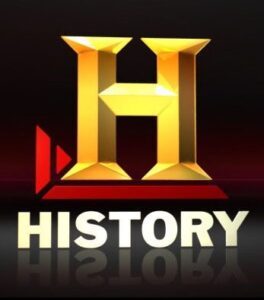 History
History
Aims
Through the curriculum for history, we aim to ensure that all pupils:
- Know and understand the history of these islands as a coherent, chronological narrative, from the earliest times to the present day: how people’s lives have shaped this nation and how Britain has influenced and been influenced by the wider world.
- Know and understand significant aspects of the history of the wider world: the nature of ancient civilisations; the expansion and dissolution of empires; characteristic features of past non-European societies; achievements and follies of mankind.
- Gain and deploy a historically grounded understanding of abstract terms such as ‘empire’, ‘civilisation’, ‘parliament’ and ‘peasantry.’
- Understand historical concepts such as continuity and change, cause and consequence, similarity, difference and significance, and use them to make connections, draw contrasts, analyse trends, frame historically-valid questions and create their own structured accounts, including written narratives and analyses.
- Understand the methods of historical enquiry, including how evidence is used rigorously to make historical claims, and discern how and why contrasting arguments and interpretations of the past have been constructed.
- Gain historical perspective by placing their growing knowledge into different contexts, understanding the connections between local, regional, national and international history; between cultural, economic, military, political, religious and social history; and between short- and long-term timescales.
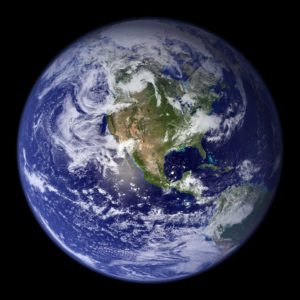 Geography
Geography
Aims
Through the curriculum for geography, we aim to ensure that all pupils:
- Develop contextual knowledge of the location of globally significant places – both terrestrial and marine – including their defining physical and human characteristics and how these provide a geographical context for understanding the actions of processes.
- Understand the processes that give rise to key physical and human geographical features of the world, how these are interdependent and how they bring about spatial variation and change over time.
- Are competent in the geographical skills needed to.
- Collect, analyse and communicate with a range of data gathered through experiences of fieldwork that deepen their understanding of geographical processes.
- Interpret a range of sources of geographical information, including maps, diagrams, globes, aerial photographs and Geographical Information Systems (GIS).
- Communicate geographical information in a variety of ways, including through maps, numerical and quantitative skills and writing at length.
- Interpret a range of sources of geographical information, including maps, diagrams, globes, aerial photographs and Geographical Information Systems (GIS).
- Communicate geographical information in a variety of ways, including through maps, numerical and quantitative skills and writing at length.
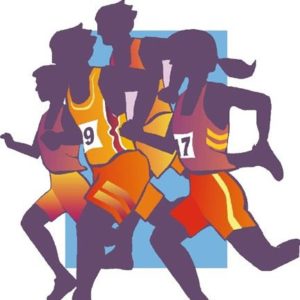 Physical Education
Physical Education
Aims
Through the curriculum for Physical Education, we aim to ensure that all pupils:
- Develop competence to excel in a broad range of physical activities.
- Are physically active for sustained periods of time.
- Engage in competitive sports and activities.
- Lead healthy, active lives.
